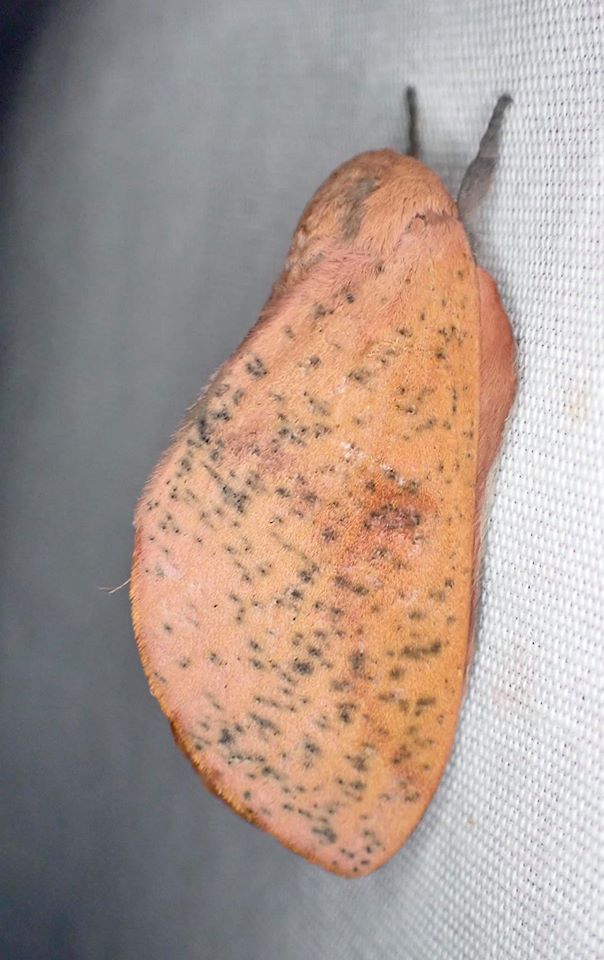ECOLOGY ▪ EDUCATION ▪ ADVOCACY






Spingicampa: Combines the Greek Sphingi for “Sphinx” with campa for “caterpillar” — likely a reference to the genera’s caterpillar’s resemblance to those of the sphinx moth family.
Bicolor: The Latin prefix bi for “two” combined with color means “two-colored.”
sfin-jye-kam-puh bi-kuhl-ur
Syssphinx bicolor is an antiquated but still often used synonym.






This map illustrates documented North American records of Sphingicampa bicolor as of 19 February 2021.
 Documented record(s)
Documented record(s) 5: Secure
5: Secure  NR: Not ranked
NR: Not ranked
As their vernacular name implies, Sphingicampa bicolor caterpillars are oligophagous and are only known to feed on two species of trees in Indiana. Adults lack a digestive system, do not eat, and exist solely for reproduction.
| Known Larval Food Sources in Indiana | ||
| Family | Taxonomic Name | Common Name |
|---|---|---|
| Order: Fabales | ||
| Fabaceae | Gleditsia spp. | water and honey locusts |
| Gymnocladus dioicus | Kentucky coffeetree | |
The map, graph(s), and data below represent the Indiana sightings of Sphingicampa bicolor as of 03 April 2025, confirmed through photographic evidence by individuals who contributed to the Great American IN Nature Lepidoptera Project (GAIN LP).
Counties recorded:
12 of 92
Top counties/#of records:
Hamilton: 21
Washington: 6
Monroe: 5
Johnson: 5
Jefferson: 4
Huntington: 3
Grant: 2
 GAIN LP documented in county
GAIN LP documented in county
The images and records below were all submitted by individuals through the Great American Indiana Nature Lepidoptera Project (GAIN LP).